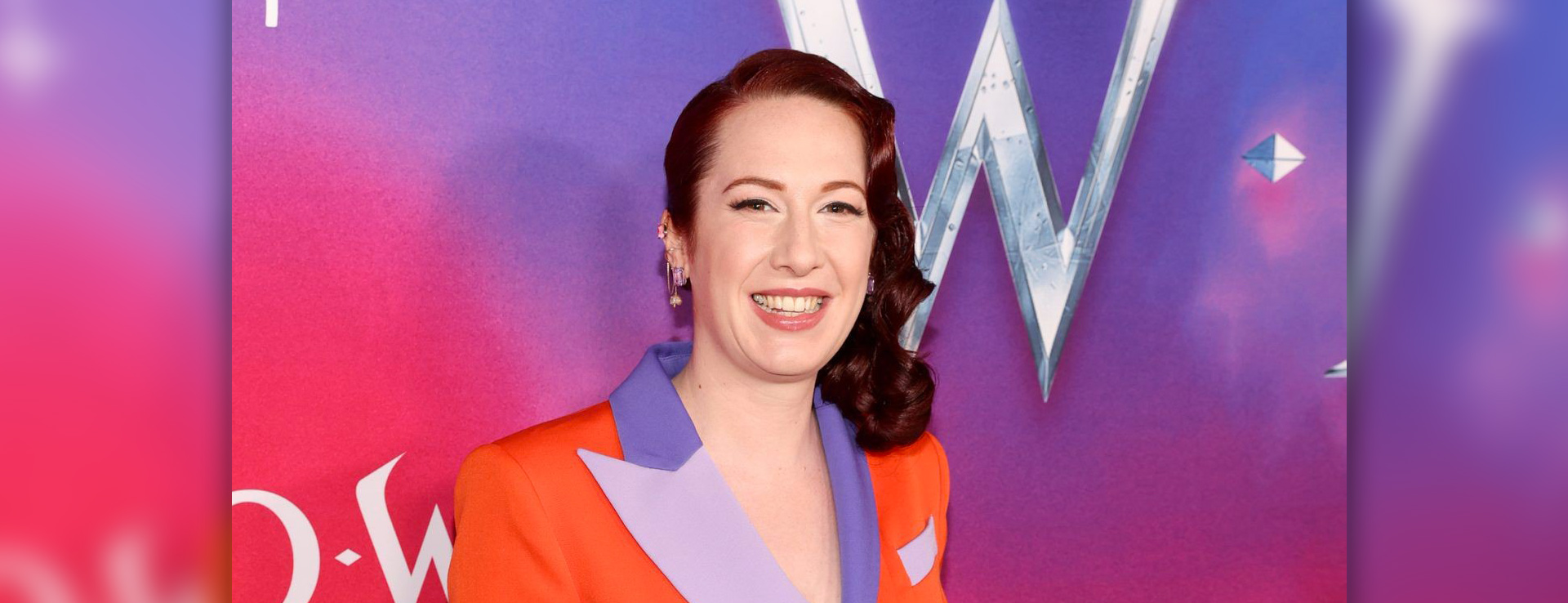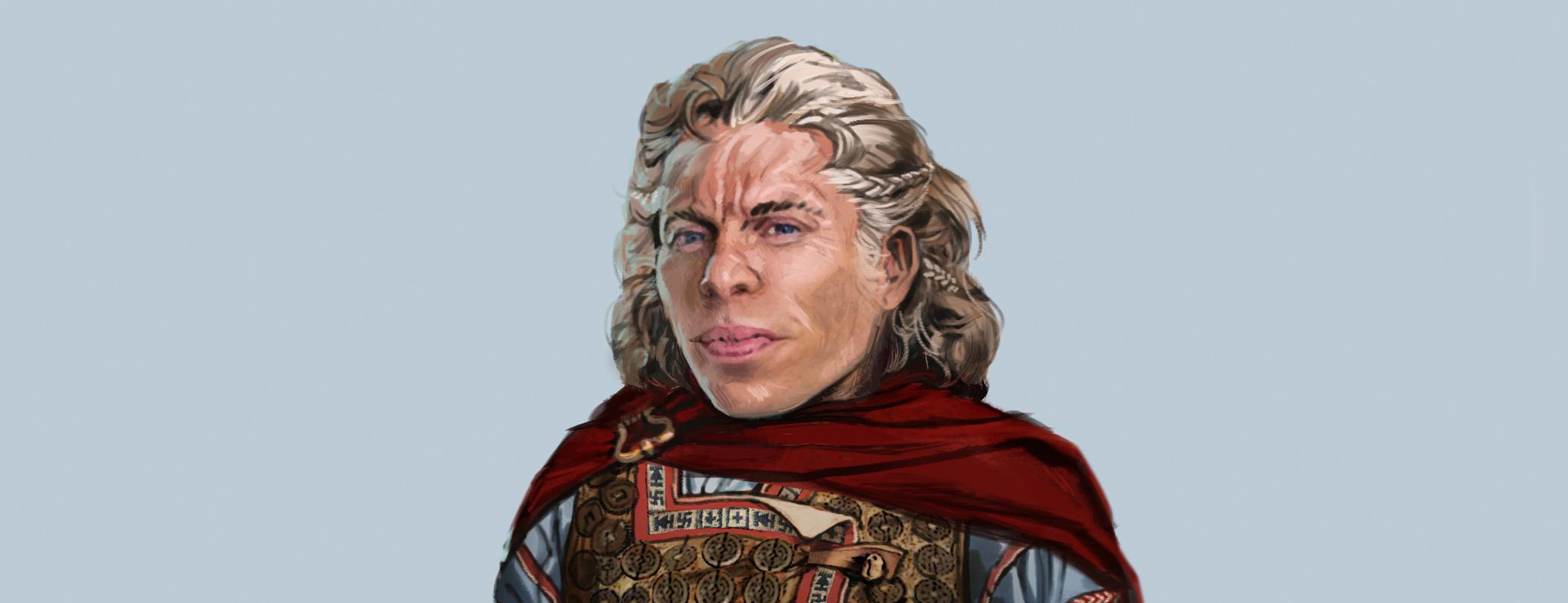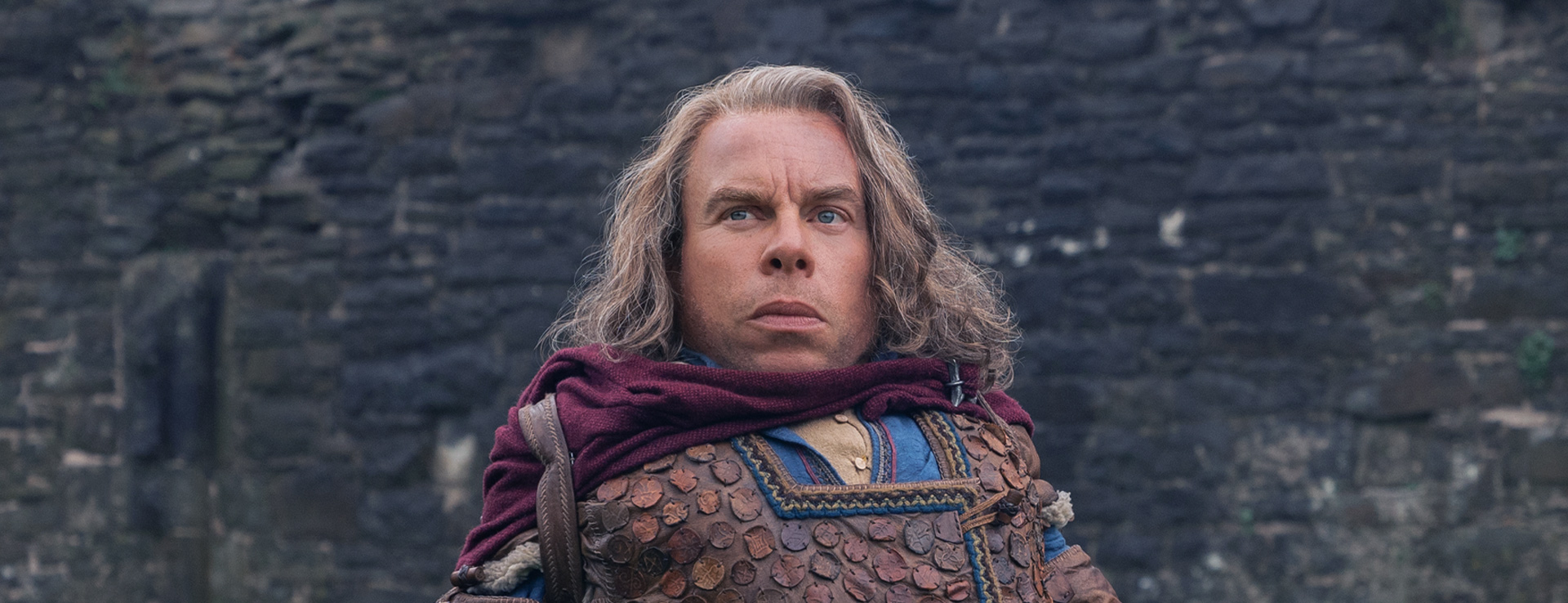“An Absolute Dream Job”: Costume Designer Sarah Young on Her Willow Journey, Part 1
The costume designer discusses her career path and making costumes for knights, Trolls, and more.
In part one of this two-part interview, Lucasfilm.com and Sarah Young explore the establishment of the costume department for Willow and the overall vision for the clothing in the series.
During pre-production of Lucasfilm’s latest series, Willow, the showrunners made their first visit to Dragon Studios in South Wales, where principal photography would be centered. Series costume designer Sarah Young remembers their first impression.
“They figured it was all costume space because we’d taken up nearly all the room!” she tells Lucasfilm.com.
Young would lead a massive effort to design and create thousands of costumes for Willow’s eight episodes, involving some 100 crew members over several months of production. The original 1988 movie of the same name was new to Young, although she’d grown up in England loving similar fantasy films like The NeverEnding Story (1984) and Labyrinth (1986, a Lucasfilm co-production). “They’re films that make you dream and believe you can do anything and be anything,” she says. “That’s what I love about Willow.”
From her earliest years, Young can recall being creative. “I was always designing wedding dresses and drawing matching outfits,” she says. She was interested in clothing, but also in storytelling. At university, she learned a lot about fashion, but felt she didn’t fit into that world completely. “Then I learned about costuming, and that was it. You could create characters and tell stories with it. I loved the research and everything involved.”
Initially working in theater, Young had a particular interest in film. She moved to London and never looked back. Willow is her first official “costume designer” credit. Having worked as both an assistant and associate costume designer on large studio features like Mad Max: Fury Road (2015) and Cruella (2021), Young felt ready for the scale of the project, but found that television was different. “I now think that if you can do episodic television, you can do anything!” she says. “It was a lot harder for loads of reasons.”
Young’s self-described right hand on Willow was costume effects supervisor Marc Trunk, who also happens to be her husband. She met the Australian artist in the costume department on Mad Max: Fury Road, and the two have collaborated on projects ever since. “We both have our strengths, and that makes us a great team,” she says. In addition to being self-taught in computer design tools and 3D printing, Trunk is also a lifelong Willow fan, and his enthusiasm helped attract Young to the project.
Early in the process, Young met showrunner Jonathan Kasdan, and the two connected over their similar visions for the costume design. “I did a lot of mood boards to show what I think we could do for each character. Jon loved them and the way I approached it,” she says. “He’d give me feedback and push me.” In addition to Kasdan, her close collaborators included production designer Kristian Milsted, makeup and hair designer Pippa Woods, and creature effects supervisor Neal Scanlon, along with the directors, producers, cinematographers, and visual effects supervisors for each episode.
Among numerous sources used for research and inspiration, the original Willow movie itself played the most important role. For Young, respecting the precedent of the beloved film was essential to approaching the new designs. “I knew there was a big fanbase, and I know what it’s like when things are revived and aren’t respectful. But at the same time, so much has changed and it needed to connect with new fans as well,” she says. “That would require a modern influence.”
Young’s research began with both historical and modern Japanese designs, something that had also influenced executive producer George Lucas, director Ron Howard, and artist Jean Giraud (known as Moebius) on the original. She was fascinated by Akira Kurosawa’s black-and-white epic Seven Samurai (1954), wherein each character’s costume expressed their own individuality.
“Silhouette is a big thing for Lucasfilm,” Young notes. “In our series, you see both historical and modern Japanese silhouettes in the costumes from Tir Asleen, for example. You can see it in the cut of the clothing. That was my basis before I got into each character.”
With Lucasfilm’s team of concept artists, Young would evolve the designs for each character. With many phases of review and approval required, they could make continual refinements. When the actors arrived for initial costume fittings, Young would use test garments known as toiles to experiment with colors and shapes. “I’d compile fabrics that reminded me of a character, and we’d photograph the actors with the different colors. For example, Jade wears a blue dress at the banquet, and we had about six different shades of blue.”
It was Young who lobbied to establish a large workshop at Dragon Studios in Wales “so we could have as much as possible on the ground at the studio,” as she puts it. “The best things are created when we’re all together. I wanted Jon to be able to come into the workshop and see people making things. He could watch the progress and make comments on a daily basis.”
Among the permanent crew were seamsters, knitters, leather workers, jewelry makers, armorers, and mold makers. Two cutting workshops were onsite for men and women costumes. There needed to be extensive space for fitting extras, as well as an expansive breakdown department where clothing was realistically aged. In addition to their practical work, Marc Trunk and his costume effects team would design armor as computer models, making changes until they felt ready for 3D printing.
“I knew what the expectations were for this cinematic level series,” Young says, “but the resources weren’t limitless. So genuinely, the biggest challenge was how to get the look we needed without an unlimited supply of material.” For the knights of Tir Asleen, Young devised a hierarchy of ranks between the soldiers, allowing them to craft armor at varying levels of detail and simplicity, yet remaining contextualized in the story. “That goes for everything. The Bone Reavers, the Trolls, the crowd at the Tir Asleen banquet — everything needed patterns so we could efficiently make things and combine them in different ways.”
Throughout the journey, a particular highlight for Young was collaborating with Kasdan, who “seems to have this way about him that will make you want to do anything for him,” as she explains. Overall, bringing Willow’s costumes to the screen “was an absolute dream job from the beginning to the end,” Young says. “The scope was such a luxury. What a creative opportunity. Working with Lucasfilm has been a joy because they’re like a family, and everyone cares about the story and the characters.”
In part two, we’ll dive into specific costumes worn by the characters and peoples of Willow.
—
 Lucasfilm
Lucasfilm

